29 & 30
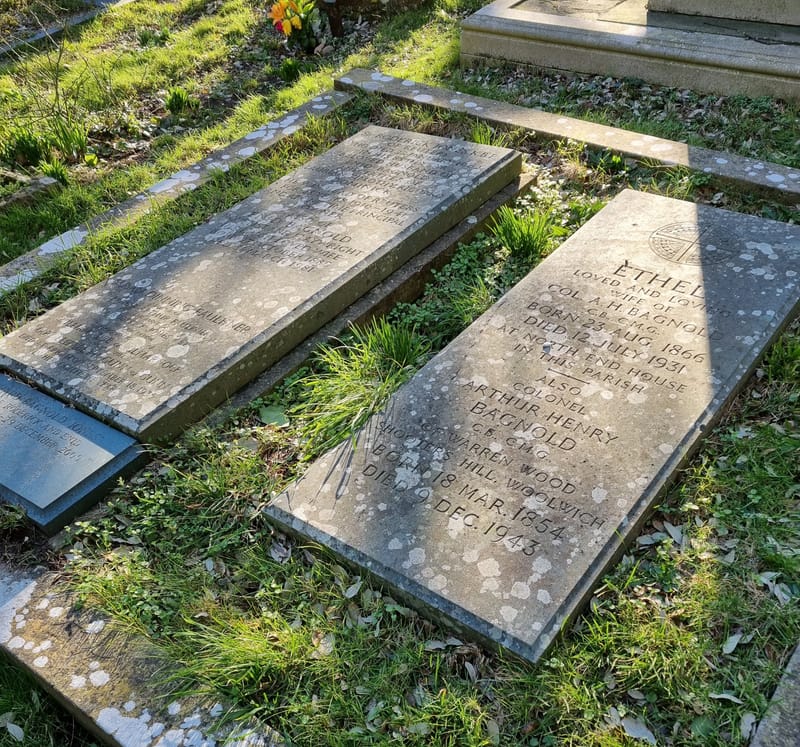
Commemorated by two flat slabs are Enid Bagnold [29] who lived at North End House [view] (once the home of the Burne-Jones family) and her husband, Sir Roderick Jones, [30] the Chairman of Reuters news agency and the first president of Rottingdean's Ratepayer's Association, forerunner of the Rottingdean Preservation Society.
Enid was educated in England and Switzerland after spending time as a child in Jamaica. She started to attend the Walter Sickert school of Art in London but when war broke out in 1914 she joined the Voluntary Aid detachment and served as a nurse at a military hospital in Woolwich. She wrote a critical pamphlet about her experiences and was dismissed; she then volunteered as a driver and did serve in France. She wrote about her hospital life in 'A Diary Without Dates' and her experiences as a driver in 'The Happy Foreigner'.
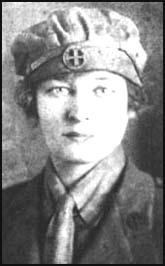 Enid Bagnold in uniform
Enid Bagnold in uniform
After the war she worked as a journalist for Hearth and House and The Modern Society when she met 'editor, con man and self-acclaimed Casanova' Frank Harris and became involved romantically with him (she was 22, he was 56). But she married Sir Roderick Jones in 1920 and began to write seriously;.
Their garden at North End House inspired her play ‘The Chalk Garden’ which became a hit on Broadway and The West End. It was subsequently made into a film starring John and Hayley Mills, Edith Evans and Deborah Kerr in 1964.
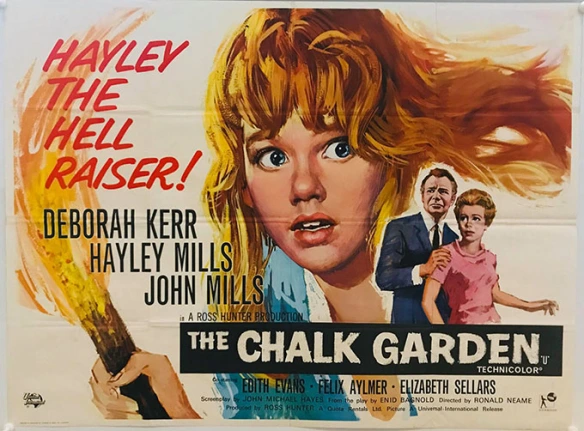
 A painting of the garden at North End House by Enid Bagnold, inspiration for 'The Chalk Garden'.
A painting of the garden at North End House by Enid Bagnold, inspiration for 'The Chalk Garden'.
Better known was her 1935 story ‘National Velvet.’ It was filmed in 1944 with a young Elizabeth Taylor, who was to remain Enid’s life-long friend. The setting and location of 'National Velvet' was inspired by the people and places of Rottingdean and the home of the central family in the book, the Browns, is based on Hilder's Butchers (in Whipping Post Lane [view]) - see James Leonard Avery, grave [33].
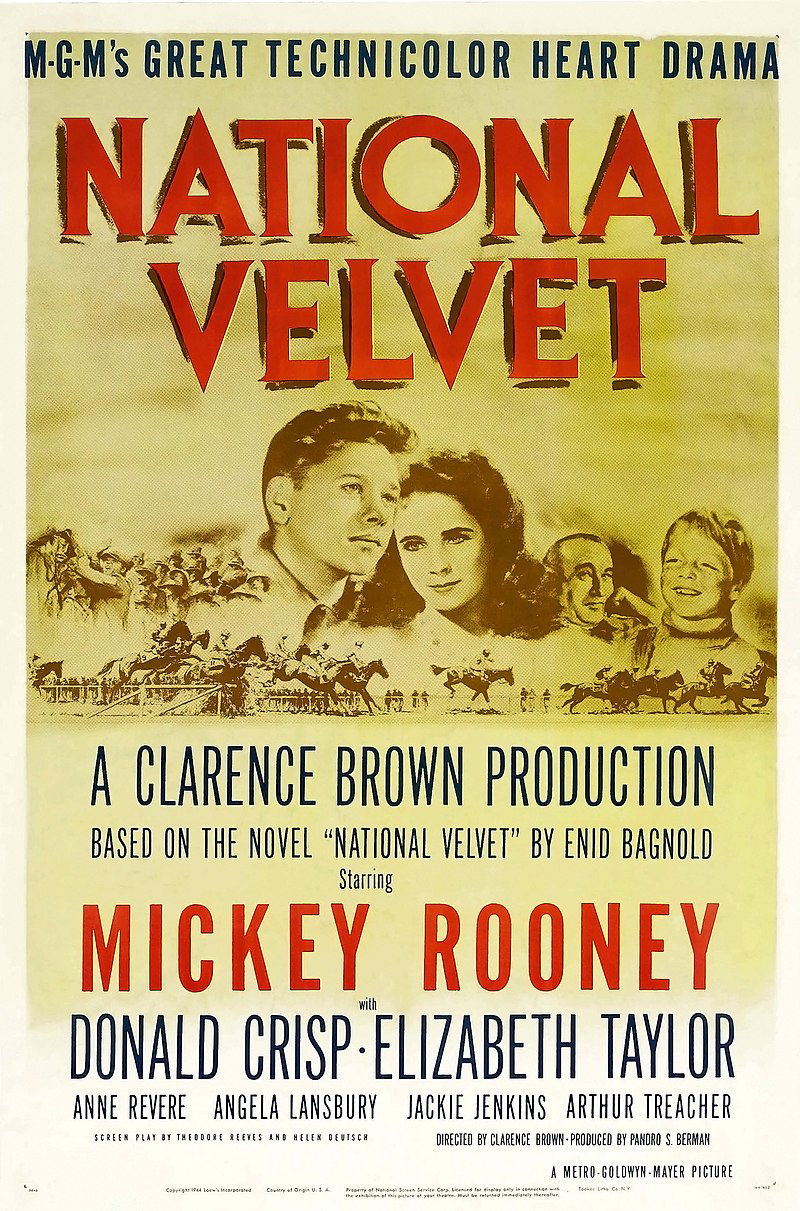
*** MGM film trailer for 'National Velvet' HERE ***
Bagnold had a reputation for being a prickly character and was disliked by many of her contemporaries. Virginia Woolf called her “a scalawag who married a very rich man” and “a disagreeable chit.” Cecil Beaton said of her: “She is not a nice person. But her honesty and strength of character are amazing.”
Enid survived her husband Roderick for 19 years but she chose to live in North End House rather than London. She seemed happy in Rottingdean. She wrote:
"...nobody leaves Rottingdean. Here we keep what we've got, to defend, to consolidate, to put one's tongue out at Brighton".
She was cremated at Golders Green and her ashes were buried in St. Margaret's churchyard.
 Enid Bagnold in her early twenties
Enid Bagnold in her early twenties
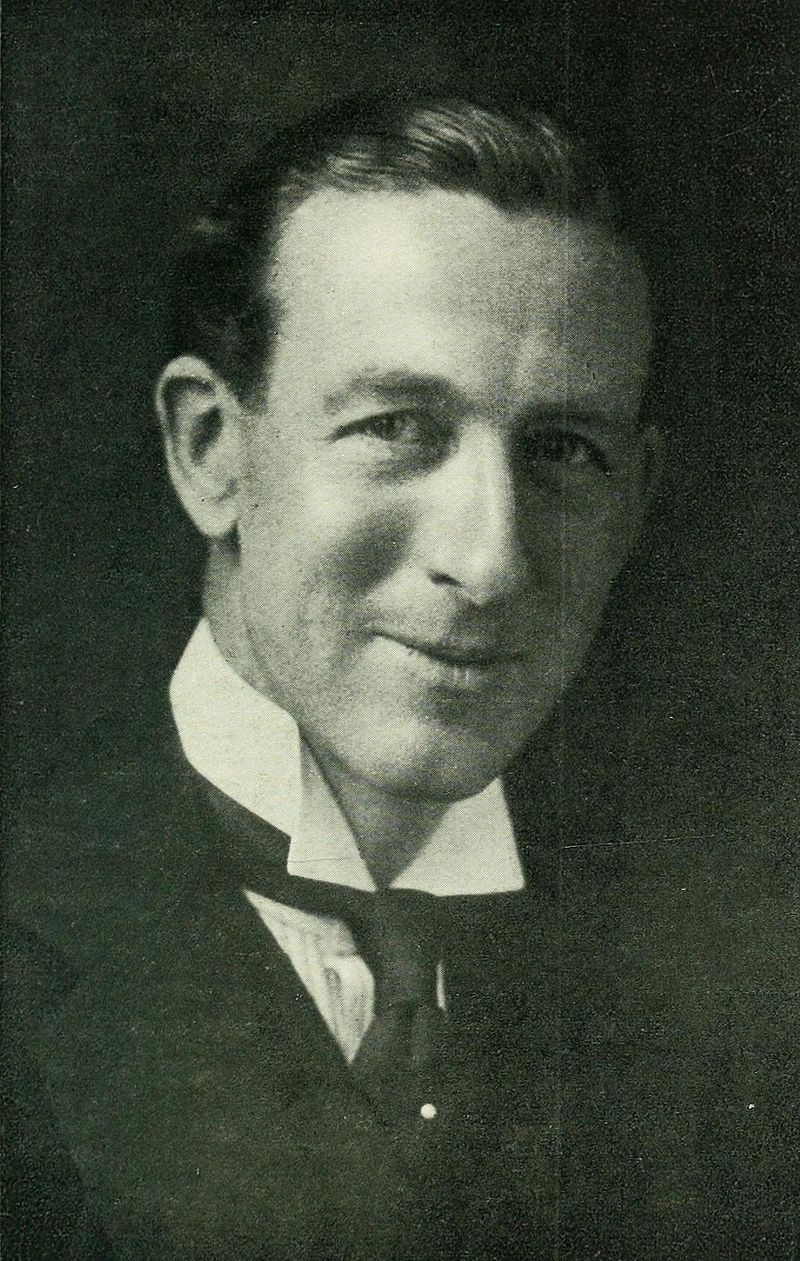 Roderick Jones
Roderick Jones



